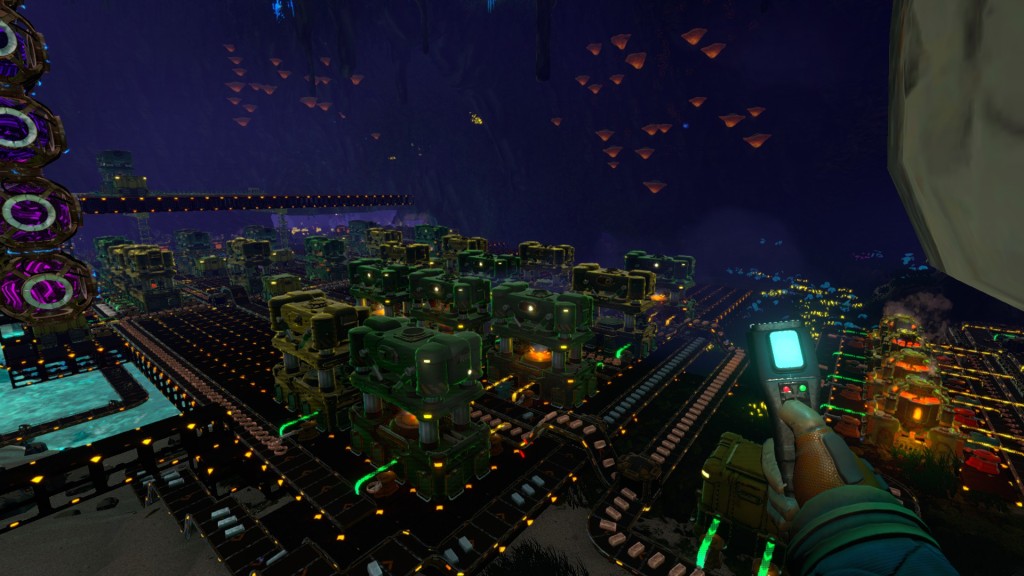First, always bet against this IP. I have no plans game releases for Sony, but good golly, they seem to release right next to other major IPs. Which stinks, because this is a real crown jewel in open world games for a dozen reasons. It’s now out on PC, which is the full package, and is both optimized and looks absolutely spectacular.
(Optimization Note: PC ports have had some absolutely notorious optimization issues. H:FW is a glorious exception on the main game – as it was designed for PS4. The Burning Shores expansion was built for PS5 and has a unique asset caching process, which can cause massive slowdowns if it doesn’t load properly. Aside from that, holy cow does this game look & play amazing.)
The original game was a very interesting take during the “put bows in everything” phase of game design. The general storyline blended social issues and hard sci-fi, with very impressive combat mechanics. The game looked amazing, and had a rather groundbreaking way to manage field of view and memory allocation. Issues were mostly around character art, and the Ubisoft-put-icons-everywhere-on-the-map minutiae. The sequel came out in 2022 on the PS5, so I won’t rehash too much on that front. I still don’t own a PS5 because I know that Sony will release the 1st party games eventually on PC, so the value-add there is quite low.
Forbidden West improves on nearly every single aspect of the prior game. The story is more coherent, with a relatable protagonist (Aloy may be my favorite female game character), with more world flavor and better design. The enemies have more variety and added tactical options. The skill tree adds more options for customization based on your preferred playstyle. Customization/crafting is both streamlined and easier to track. Accessibility options are amazing. Questing has more variations. You get a glider! It also leans much less on the old-world story as a crutch, as that story was complete in the prior game. It’s all about the now and what’s next.
The combat mechanics here are really quite fun. Each enemy can be addressed in multiple paths – speed, rewards, or brute force. Speed is achieved through exploiting physical and elemental weaknesses. If you do this properly, 1 or 2 arrows may be enough to take down almost any enemy. This is all but required when you have multiple opponents. Equipment becomes key here, as you need as many elemental attack options as possible. Hunting for rewards is a risk/reward activity where you are aiming to maximize item drops for crafting purposes. This only works with Tear damage, primarily from arrows, though you can optionally use gauntlets which are deal more of this damage but you can’t really target. Finally, brute force is simply attacking blindly, including melee damage. It is the “oh shit” mode of combat, which is harder than both the other paths. I do feel there are too many combat options on the plate, especially short-range options. You’re not going to go toe-to-toe with a robot T-Rex or a flying robot bat. Lack of defensive options means that any non-ranged attack is at a MASSIVE disadvantage… and 99% of combat will simply revert to hunting bows.
While the first game suffered from having too many things to do, Forbidden West provides a bit more flexibility here. Things are more targeted rather than simply a bunch of map icons to parse through. If you zoom all the way out, the ? icons are things worth exploring and all the other icons are more or less “fluff”. You don’t need to collect 40 doohickeys, which is great! Case in point, there are less cauldrons this time, less rebel bases, less proving grounds. I will say that there is a long-tail option here, namely the Arena that you open up near the tail end of the game. If you want to have more combat difficulty, this is the place to play.
The storyline is better (?) in that is closes every question mark from the prior game, adds a ton of world building, and does a good job of setting up the next installment. The plot flow is just fundamentally better. The villains are lackluster, effectively being gods with no moral compass – quite similar to the issues Marvel has. For the most part, they are simple plot devices that can quickly be moved past.
I would like to take the time to truly appreciate the overall complexity/balance/design of a game such as this. It’s astounding that a world this big can be entirely seamless and populated. That every NPC has a voice actor. That the breadth of content has tools to help parse and direct your play. That you can pretty much apply the combat approach that fits your feel. That there are SO MANY ACCESSBILITY options!! At no point have I felt the game was unfair, or questioned the decisions made in the development. It all has purpose and all feels like part of an integrated system (so meta!)
If anything, Forbidden West reminds me of what I truly expect from a AAA game, and how much of a gap exists between games developed with clarity of vision and obvious leadership, and those that do not have such. An absolute gem.













